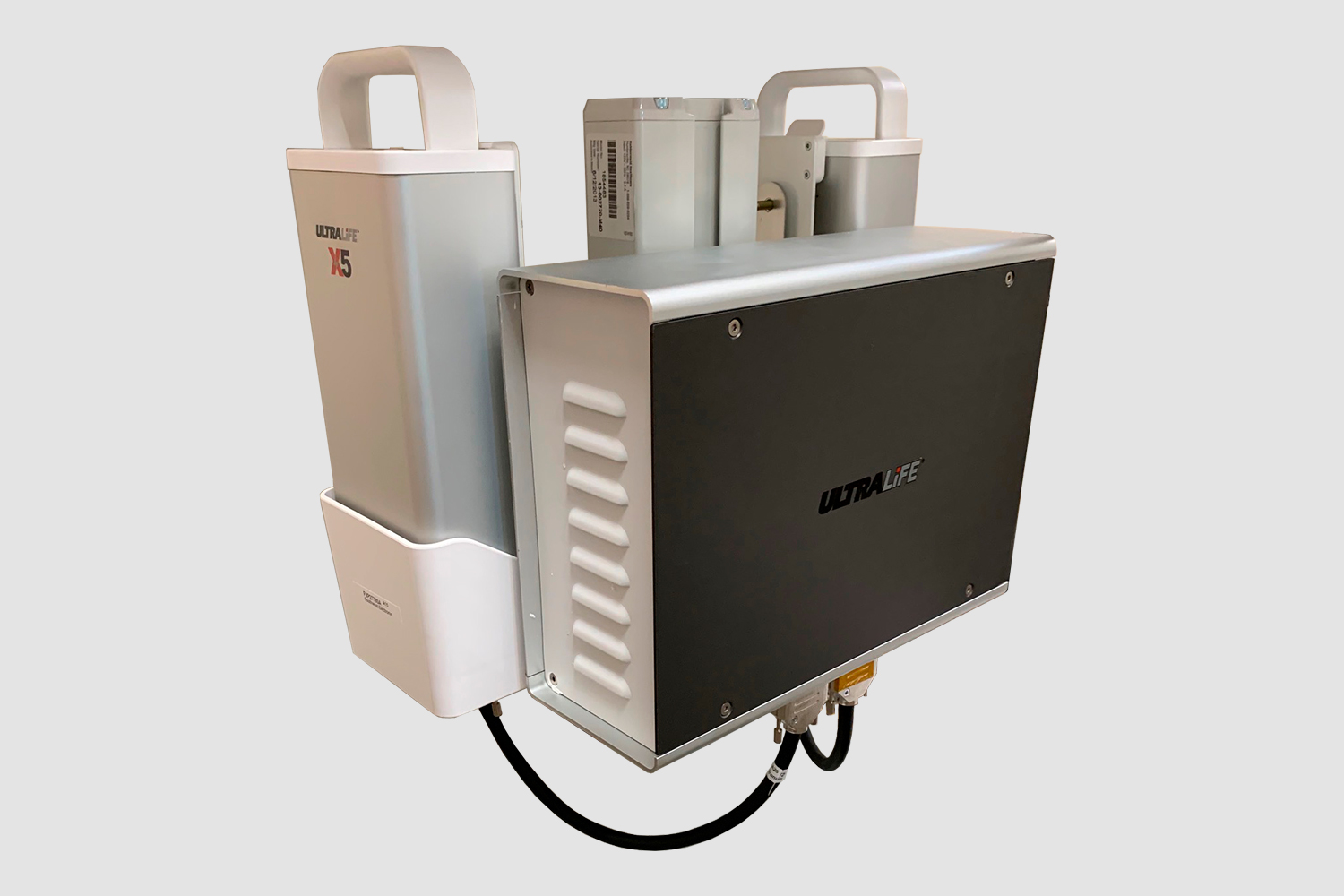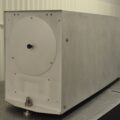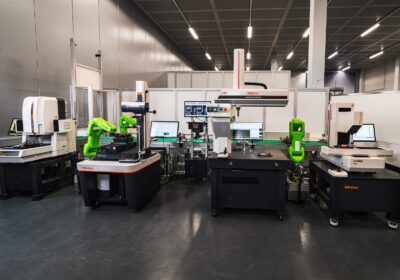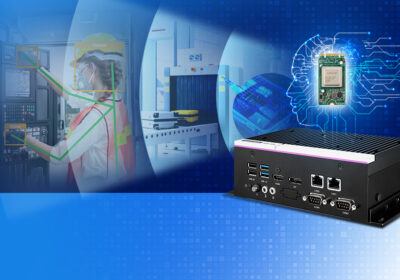Nowadays, most hospital record-keeping is done electronically. Therefore, medical carts that allow nurses to transport vital IT equipment between patient bedsides are invaluable. An effective power supply is important, and batteries offer a portable, reliable solution. When the first medical carts were released, IT equipment was powered solely by a wall socket or a heavy old-school battery similar to a car battery. Now, there are specifically designed high-tech battery-based power solutions that offer many advantages, explains Leon Adams, VP of Sales and Marketing at Southwest Electronic Energy Group, an Ultralife company.
Historically, carts would rely solely on tethered power from a wall outlet, and this would inevitably limit their mobility. More importantly, it would restrict them to areas with accessible outlets. Sometimes, this may have just been a single room.
Limited mobility can severely disrupt workflow efficiency in demanding healthcare settings where quick response times and nurse mobility are crucial. In addition, constantly plugging and unplugging the devices is far from ideal and presents a trip hazard. Untethered mobility enabled by battery power is a growing trend, and it means that medical staff are no longer restricted by power outlets.
Selecting batteries for medical carts
The choice of battery power system can determine a cart’s efficiency, reliability and ease of use — so manufacturers must make the right selection. Traditionally, medical carts relied on sealed lead-acid (SLA) batteries, which are the same as conventional car batteries. SLA batteries offer a practical solution, but we shouldn’t overlook the drawbacks — their large size, heavy weight and relatively short lifespan are all far from ideal in busy hospitals.
There are also cost implications to choosing batteries that have a short life. More frequent replacements are often needed, pushing up replacement maintenance time and costs for healthcare facilities with already-stretched budgets and maintenance resources.
In the last decade, there has been a shift towards Lithium Iron Phosphate (LiFePO4) battery technology, which has several benefits over SLA. First, the cells that make up the pack have up to a 3X higher energy density, meaning they can store more power in smaller, lighter packages. This weight reduction has made medical carts easier for staff to push and navigate around busy hospital corridors, and the power lasts up to 3 times longer between charges, allowing for up to full 12 hour shifts of power. Finally, LiFePO4 batteries last up to four times longer, with more 4X the available charge cycles compared to SLA batteries, cutting the number of replacements and reducing maintenance costs.
It’s thanks to improvements in battery technology that medical carts are now more widely used — and this technology is evolving all the time.

Ensuring continuous power
Medical carts rely on uninterrupted power. If depleted batteries were to result in unplanned downtime, this could delay patient care. Traditional setups, where the battery is embedded inside the cart, require a full recharge before the cart is usable again, whereas hot-swappable systems can deliver continual operation throughout entire shifts.
When using a hot-swappable system, staff can keep rotating multiple batteries. As one powers the cart, another is charging in a wall-mounted or desk-mounted charger, ready to be swapped in when needed. This rotation avoids the need to take carts out of service for charging. After several hours, the operator can easily swap out the depleting battery with a fully charged one in a matter of seconds.
Some cart power solutions take this even further and have a small built-in ‘hold-up’ battery that maintains power to the system for a few minutes during battery changeover, meaning there is no loss in power.
Over the last ten years, Ultralife has continuously developed its hot-swappable battery technology to help futureproof power in these critical, fast-paced healthcare environments. The URS-X5 medical cart power system is the latest in a long line of innovative products. As well as running on AC mains (if needed), the power system can convert DC power from up to two 276.5Wh batteries into a reliable AC supply to power desktop computers, printers, scanners and more. The batteries are connected to the power system via docking cradles that tilt to allow one-handed battery hot-swap. The power system also contains an integrated hold-up battery that provides five minutes of operation while operators swap out the replaceable batteries. Consequently, the computer or instrument on the cart functions continuously as though it is plugged into a wall outlet even though it’s battery-powered and the batteries might be being swapped out.

New technologies. Pretty lab assistant sitting in profile looking forward while working with pleasure
Varying power needs
In addition to medical carts that power desktop computers, there are now pole and mobile carts in the marketplace that power tablets and lightweight laptops. Not only do these small portable computers consume less power than traditional desktop computers, but they can also be powered via USB-C connections rather than requiring a 120V AC supply.
Ultralife has released the X5-LITE charging solution, a battery cradle that attaches to the pole and mobile cart. It has USB-C ports in its base that connect to tablet computers and other USB-C compatible devices. When a 276.5Wh battery is inserted into the cradle, the X5-LITE uses it to charge the devices. The X5-LITE can also be configured as hot-swappable, as a depleted battery can be replaced quickly with a fully charged one.
It does not matter which type of cart or power solution you use. They are all invaluable in modern healthcare facilities, helping nurses to manage electronic record-keeping more easily. As with any equipment, it’s important to consider power, and batteries can provide a reliable, uninterrupted supply.
For more information on power systems for healthcare and medical applications, visit the Ultralife website https://www.ultralifecorporation.com/markets#Medical








